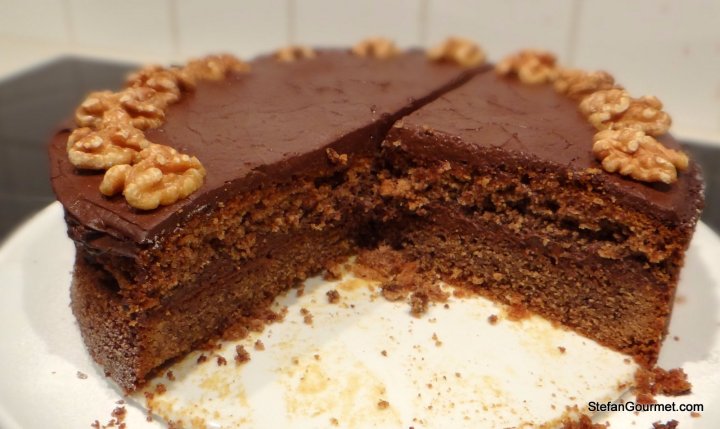Sometimes I can be a bit of a purist (OK you may laugh). Everyone can do as he pleases in the kitchen and everybody can eat what he likes, but please let’s not confuse each other by calling things what they are not. If you want to eat spaghetti with bacon and cream, fine, but don’t call it carbonara (which is made with guanciale or pancetta and eggs, and definitely without cream). There is nothing wrong with using garlic and parsley in a pasta sauce with meat and tomatoes, but don’t call it bolognese. I always try to prepare dishes as authentic as possible, which is sometimes difficult as most of the dishes I cook have not originated in the Netherlands. So I try to research and disclose it on my blog when I am not sure about the authenticity or when I cut corners.
What does this introduction have to do with Thai green curry? I’ve never been to Thailand and I don’t eat at Thai restaurants often, but when I do I tend to like the food. And so I thought I’d do some research and try to prepare an authentic Thai green curry. I found the High Heel Gourmet blog and had a blast reading it. You think I am a purist about Italian food? Check out this lady! I quote: “If you want to follow the “Do it yourself” recipe that uses green onion, cilantro, ginger root, lime juice and THE WHOLE POD of cardamom to make green curry paste so much, go ahead, but don’t call it Thai curry paste and please, don’t serve the curry to the Thais. They would barf!” I love it! She even critiqued Richard’s green curry, but was very nice about it. (That is actually how I discovered her blog.)
As the High Heel Gourmet appears to know her stuff, I decided to go by her rules. I managed to find the authentic ingredients as specified and prepared my first Thai green curry with it, and absolutely loved it! Also my friends loved it, who have been to Thailand and who eat at Thai restaurants all the time. The curry had great depth of flavor and tasted very fresh. This was of course due to making fresh green curry paste from scratch. That is not a lot of work if you own a blender, the work is in finding the ingredients. It was hot but not extremely hot, and you can of course control the heat by using less or more chili peppers. Continue reading “Thai Green Curry with Shrimp”

































